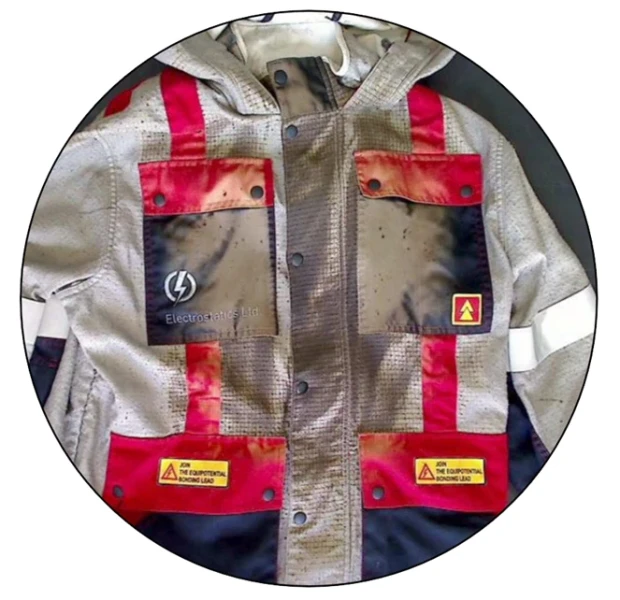The protection of electrical generators is undergoing a significant transformation with the integration of digital and smart technologies. These advancements, encompassing digital relays, smart sensors, and Internet of Things devices, are revolutionizing the way generators are monitored, controlled, and protected. This article delves into the latest advancements in generator protection technologies, examining their benefits, challenges, and the impact on system performance and reliability.
Visit Our Electrical Protection Study Course
Advancements in Digital Relay Technology
Digital relays are at the forefront of modern generator protection, offering precise control, enhanced fault detection capabilities, and improved operational efficiency.
Enhanced Fault Detection and Isolation
Digital relays provide advanced protection features, including more accurate and faster fault detection, which allows for rapid isolation of problems, minimizing damage to the generator and other system components.
Programmability and Flexibility
With their programmable nature, digital relays can be customized to meet the specific protection needs of different...









